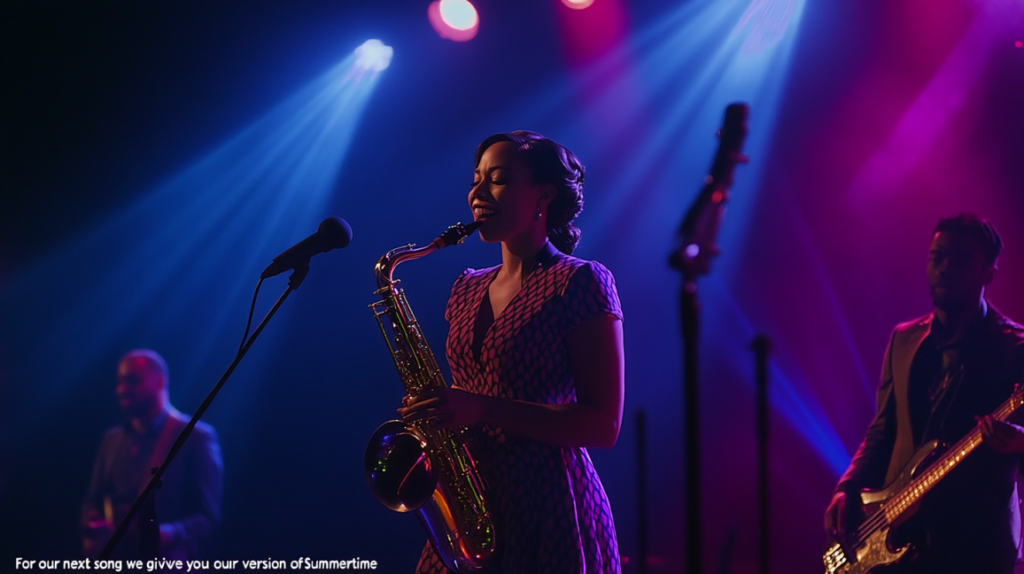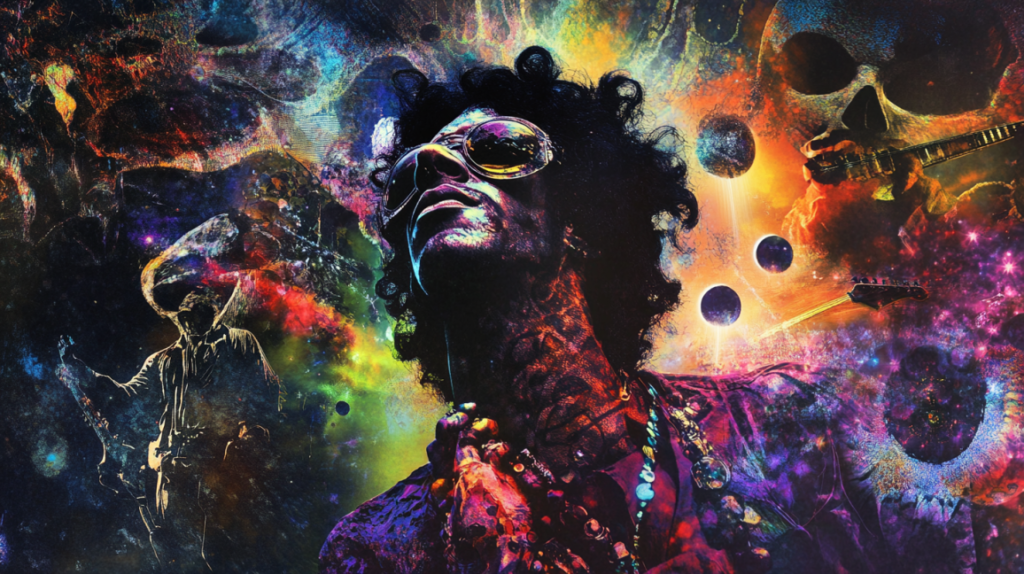Richard Vahrman sings, plays accordion, and makes musical instruments. He lives in Brighton where he is also writing a a musical memoir called the Shampoo Factory. Previously he was a part of Unlimited Source, toured with Cliff Bennett, worked with Heinz Wolff in bioengineering at Brunel University, and also for the European Space Agency. He also created educational games for children.
Chapter 1. Standards of excellence

The singer takes a bow; the applause stops. “For our next song, we give you our version of Summertime”. The singer sings, the sax player solos, the guitarist solos, the singer sings. The band’s version is everyone’s version. Probably because I am (only) a competent player and a competent singer, I don’t want to give an audience competence. They are certainly not going to get virtuosity.
There are plenty of songs that are not overworked and lend themselves to new interpretations. I like to think that I am a good interpreter. Also, I like to join songs together. Then you don’t have to put the solo in the middle of a song – you can play it straight through – then improvise how you get from that song to the next – from one key to another, from one feeling to another.
Chapter 2. Segue as an improv
When you join things up, you can arrange songs around a theme. I have set myself challenges to work with ridiculous themes such as cheese, or coffee. Hence the show Brighton Blue was formed.

I started by joining just two songs, experimented with three, got daring with four and now totally over the top with – SEVEN. Thus began seven days, continued with seven colours and am now experimenting with seven Cs. If you follow the links to the Spotify playlists you will see that most of the songs are not jazz standards, indeed most of them are not jazz at all – which opens up lots of lovely challenges and possibilities.
Chapter 3. Project and survive
I started playing around adding film to our performances. With a “short throw” projector, it can be put right in front of the screen. The percussionist and I can sit either side of the projector and still not take up too much space. For Brighton Blue it seemed to work very well, although we had to spot on with our timings. I am now experimenting with software that will allow us to move from scene to scene in our own time allowing more freedom to experiment.
Until now, I have been using a lot of clips that I have found on YouTube, but increasingly, I am creating my own. And getting friends to contribute, too. I am making AI-generated stuff, which gets better by the day – but I still need to go a lot further. I am also filming stuff myself and have bought a 360 camera which is proving fascinating to use. Here’s a clip from video generated with Runway – it was part of a project on the theme of crying (currently on hold but maybe for the future).
Chapter 4. Preaching to the choir.
It all started with my project, Gatwick on the Orient Express. For that, I need around 8 “tour guides” that will usher the audience around the train carriage, each guide representing a city that the train travels through. From that I thought what if the guides could also sing, and voila, we have a choir. Give them each a percussion instrument and they then form the rhythm section for the project. And now, I really, really want to start this choir and can see all sorts of possibilities. Blending of voices. Harmonisers. Vocoders. Octave dividers.
Chapter 5. What exactly is the NovaKordo?
For those of you who know me, you will be aware of my love of making musical instruments. From when I created my first synthesiser and the age of twenty, to my recent experiments with a new sort of accordion, the NovaKordo (see elsewhere and below), electronic gloves (a la Imogen Heap) and most recently, revolutionary (literally) organ pedals base on the functionality of accordion bass buttons – these all become part of the Psychospherix experience.
See what I mean when I say NEW.